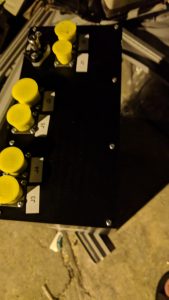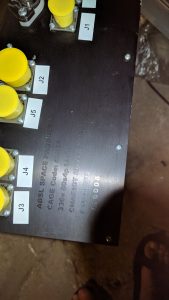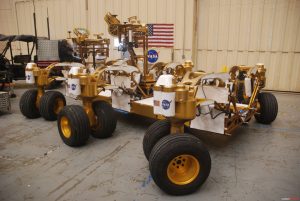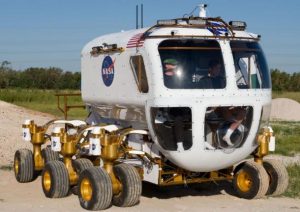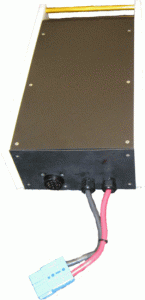I was wandering around the OEDK dumpster one night, when I found this:
Wondering what it was, I looked a little closer:
ABSL space products? Chariot Rover Module? I had no idea what this meant, but it said 336 V, 80s4p, and Li-ion, all great-sounding words! And most mysterious of all: What are these batteries doing in the OEDK dumpster? I took the module back to my table, and found 4 more (5 total) just like it in the trash.
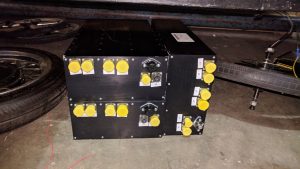
After doing some research, I found that ABSL space products was a battery company that produced batteries for space applications, most commonly the Sony 18650HC (couldn’t find much info on this, probably old, discontinued, or not intended for consumer purchase).
What is the Chariot Rover Module?
So these are some pictures that I found from NASA. Apparently it was a “vehicle” meant to roam on the moon, for astronauts to be able to get around. I was able to find more info from an ieee website. (http://ieeexplore.ieee.org/document/4526234/?reload=true)
In regards to the battery of the robot, the article said:
” The Chariot battery system is composed of eight 36VDC lithium-ion battery packs. Each battery pack, as shown in Figure 13, contains 10, 3.6V 60amp hour cells connected in series. The cells are provided by Lithium Technology and are the higher power HE-602050 part. Each battery pack weighs approximately 37 lbs. Since the batteries are connected in series, it’s very important that all batteries remain matched in terms of ‘state of charge’ at all times. The Chariot uses a BMS, also from Lithium Technology, which monitors the voltage of every cell and temperature of each battery pack. The BMS will shut off vehicle power if any cell voltage becomes too low or if the temperature limit is exceeded. The BMS also monitors the battery system during charging operations which can be hazardous if not performed correctly. Overcharging can result in the plating out of lithium metal, which is a very hazardous condition.
The battery system has been sized to allow for a 25 km range over hard ground. The max battery output is 120 amps. With a fully charged battery voltage of 42V per pack, and 336VCD bus voltage, there is slightly over 40kw available for climbing and earthmoving operations.”
The article described a similar system to the one that I found, but mentioned that the cells were from Lithium Technology, not from ABSL space products, like the ones I found. Furthermore, the article mentioned the battery pack used another type of cell, definitely not an 18650 flavor. So what’s going on?
Well, there’s only one way to find out..
I gotta take it apart.
